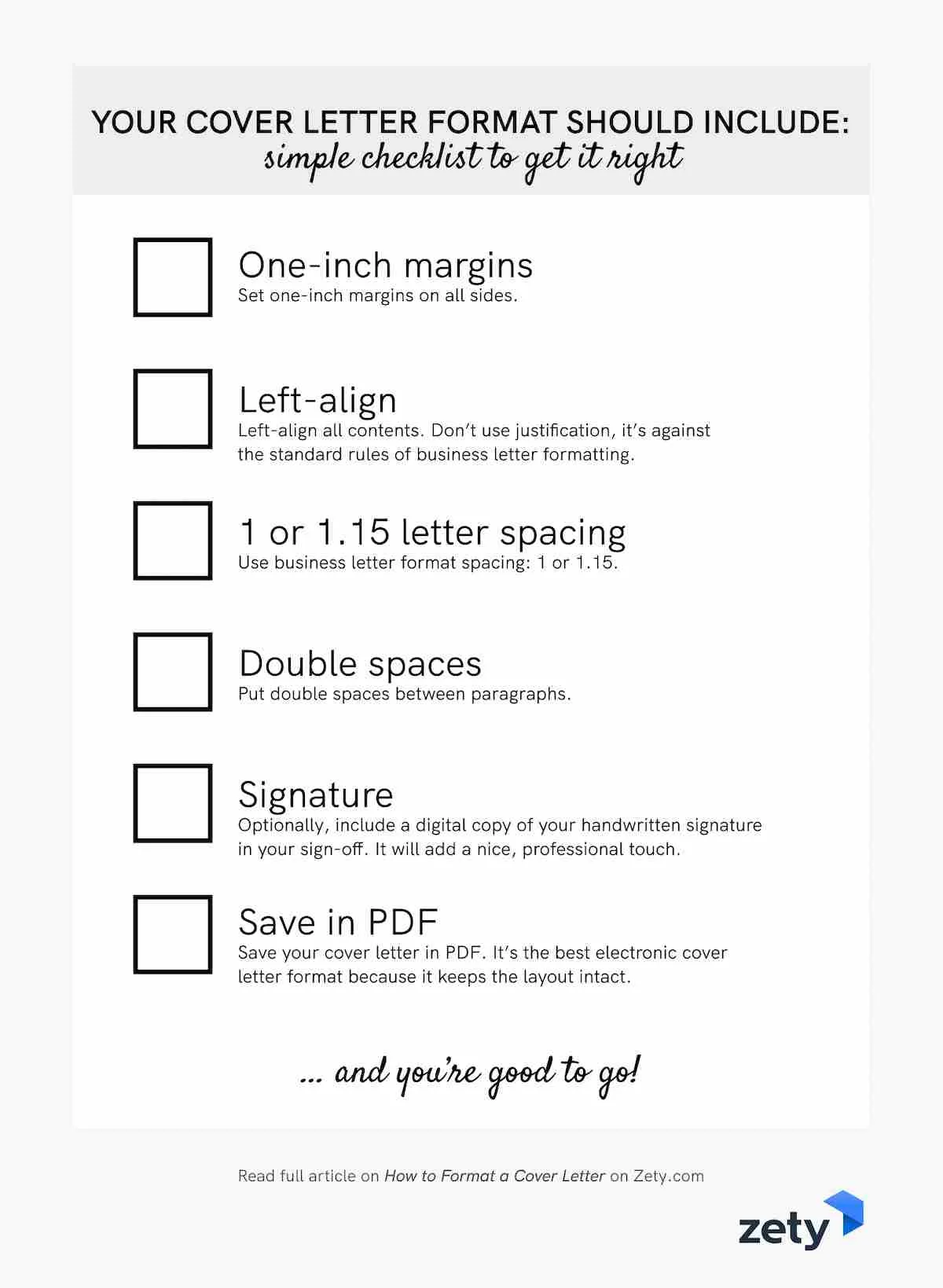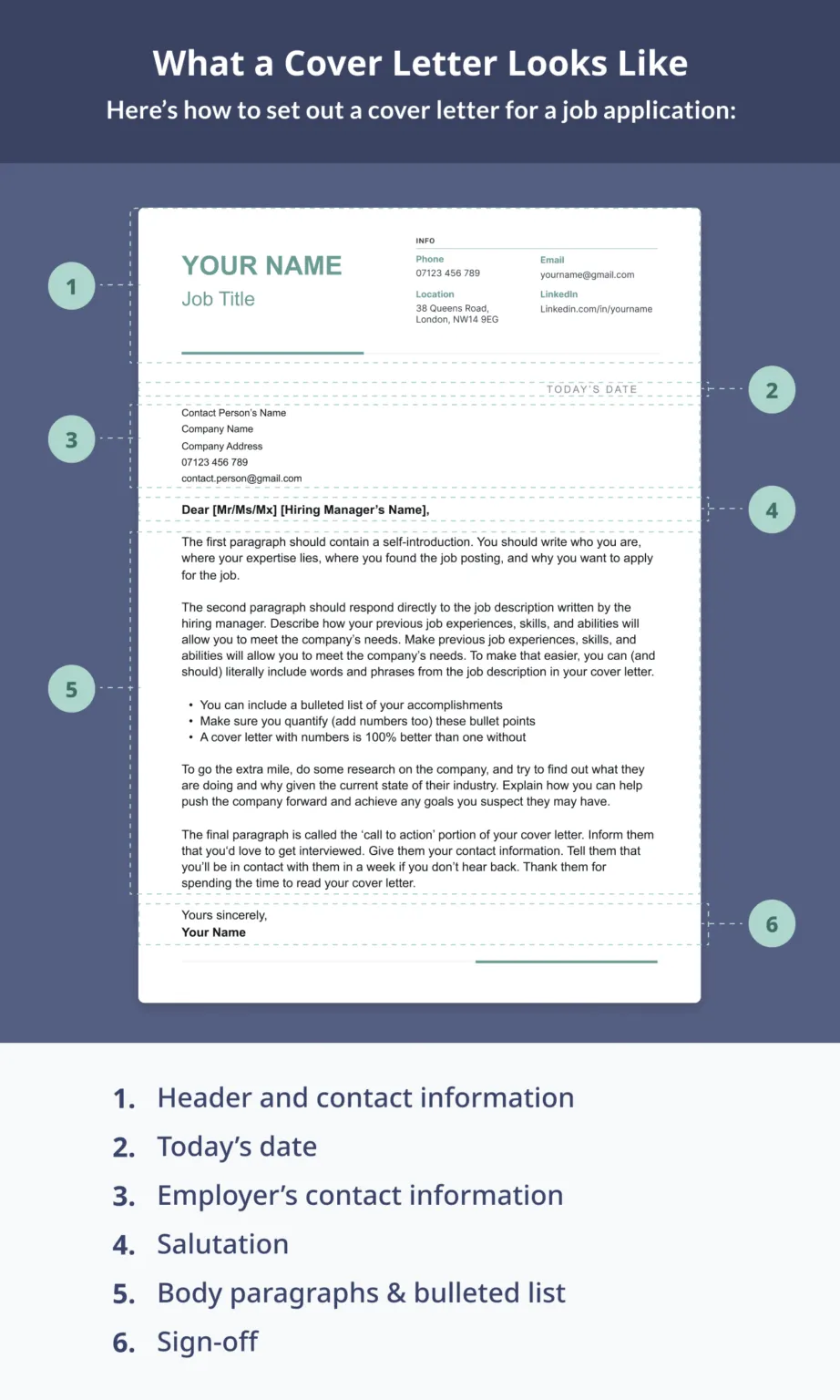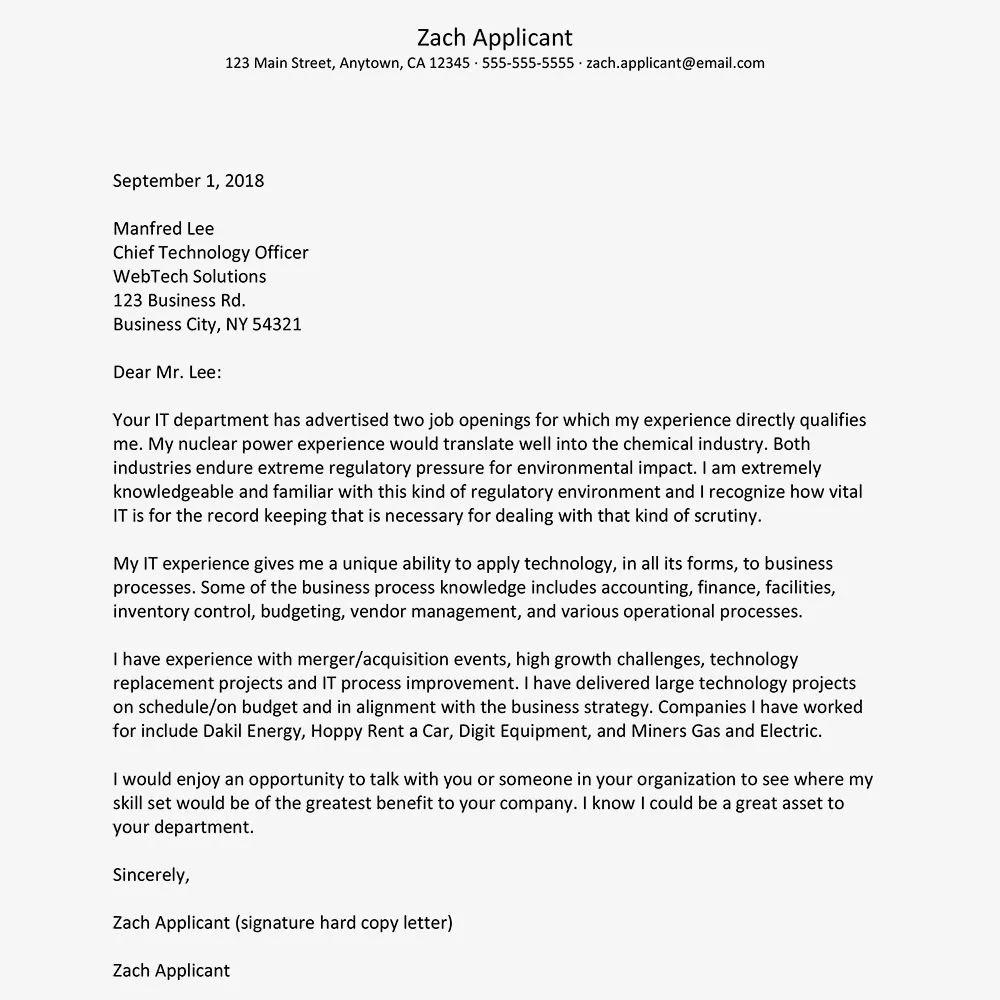Understanding the Cover Letter’s Purpose
A cover letter serves as your introduction to a potential employer, providing an opportunity to express your interest in a specific position and showcase your qualifications. It goes beyond simply reiterating your resume, offering a chance to explain how your skills, experience, and personality align with the company’s needs and the job’s requirements. This document allows you to highlight relevant achievements, demonstrate your understanding of the role, and make a compelling case for why you are the ideal candidate. It is often the first impression you make, so it’s crucial to get it right. Think of it as a personal sales pitch, designed to convince the reader to delve deeper into your qualifications. A well-crafted cover letter can significantly increase your chances of securing an interview, even if your resume isn’t perfect.
Highlighting Your Key Skills
Identify the skills that are most relevant to the job you are applying for. Analyze the job description carefully, noting the key requirements and keywords used. Then, review your own skillset and experiences to pinpoint the abilities that directly match those needs. These could include technical skills, such as proficiency in specific software or equipment, or soft skills, such as communication, problem-solving, and teamwork abilities. Focus on the skills that are most important to the role and those you excel in. Don’t just list them; provide concrete examples of how you’ve used those skills successfully in the past, backing up your claims with evidence and specific achievements.
Matching Skills to Job Requirements

The cornerstone of a strong cover letter is directly aligning your skills with the job requirements. Carefully read the job description and identify the key skills and qualifications the employer is seeking. Then, in your cover letter, explicitly state how your skills and experience meet those needs. Don’t just say you possess a skill; provide examples that demonstrate your proficiency. For instance, if the job requires project management experience, describe a project you managed, highlighting your role, the challenges you overcame, and the positive outcomes you achieved. By clearly connecting your skills to the job’s needs, you prove your suitability for the position and show the hiring manager that you’ve taken the time to understand what they’re looking for.
Quantifying Your Accomplishments
Instead of just saying you’re good at something, use numbers to back it up. Quantifying your accomplishments provides concrete evidence of your skills and the value you brought to previous roles. For example, instead of saying you increased sales, state by what percentage sales increased and within what timeframe. Use metrics such as percentages, dollar amounts, numbers of clients, or any other quantifiable data that demonstrates the impact of your work. This shows the hiring manager the tangible results you’ve achieved, making your claims more credible and memorable. It helps paint a clear picture of your capabilities and gives the employer a solid understanding of what you can bring to their team.
Using Action Verbs
Action verbs are the secret weapon of a compelling cover letter. They bring your accomplishments to life and create a vivid picture of your skills and contributions. Start your bullet points and sentences with strong action verbs to demonstrate what you did and the impact you made. For example, instead of writing “Responsible for managing projects,” write “Managed projects, resulting in a 15% reduction in project completion time.” Use verbs like “led,” “developed,” “implemented,” “achieved,” “managed,” “increased,” “improved,” and “streamlined” to describe your accomplishments. Choose verbs that accurately reflect your role and the actions you took, making your cover letter more engaging and persuasive. This helps to make your letter dynamic and shows you in a positive and capable light.
Showcasing Your Personality and Enthusiasm

A cover letter is an opportunity to let your personality shine through. While professionalism is crucial, don’t be afraid to inject a bit of your individual style and enthusiasm into your writing. Express genuine interest in the company and the position, explaining why you are excited about the opportunity and what motivates you. Show your enthusiasm for the industry, the company’s mission, or the specific role you are applying for. This helps to make you more memorable and shows that you are genuinely interested in the opportunity. Let your passion and excitement shine through, making your cover letter more engaging and personal. This will help you stand out from other applicants and shows the hiring manager that you are a good fit for the company culture.
Tailoring Your Letter to Each Application
Avoid using a generic cover letter. Every application deserves a customized approach. Take the time to tailor your cover letter to each specific job and company. Research the company, understand its values, and align your skills and experience with the specific requirements of the position. This shows that you are genuinely interested in the opportunity and have taken the time to understand what the employer is looking for. Address the hiring manager by name if possible, and customize the letter to reflect the specific needs and expectations outlined in the job description. This personalized approach demonstrates your attention to detail and your commitment to the application process. Taking the extra step will make you stand out from candidates who are using the same generic template.
Researching the Company
Thorough research is essential for creating a compelling cover letter. Before writing, take the time to research the company you are applying to. Visit their website, explore their social media profiles, and read news articles about their recent activities. Understand their mission, values, products, and services. Learn about their company culture and any recent achievements or challenges. This research will enable you to tailor your cover letter to demonstrate your understanding of the company’s needs and how your skills can contribute to their success. It also shows that you are genuinely interested in the company and have invested time in learning about their business. The more you know, the better you can demonstrate your fit.
Addressing Specific Needs

Once you’ve researched the company, use that knowledge to address their specific needs in your cover letter. Identify any challenges the company may be facing or goals they are trying to achieve. Then, explain how your skills and experience can help them address those needs or achieve those goals. This shows that you understand the company’s priorities and that you are proactive in finding solutions. If the job description highlights specific problems the company is trying to solve, address them directly in your letter, offering your insights and explaining how you can contribute. Tailoring your letter in this way is a great way to demonstrate your value.
Proofreading for Perfection
Proofreading is the final, critical step in the cover letter writing process. Errors in grammar, spelling, and punctuation can undermine your credibility and make a negative impression on the hiring manager. Before submitting your cover letter, meticulously review it for any mistakes. Read it aloud, as this can help you catch errors you might miss when reading silently. Use a grammar and spell checker, but don’t rely on it entirely; always proofread manually as well. Ask a friend or family member to review your letter for a fresh perspective and to catch any errors you might have missed. A polished, error-free cover letter demonstrates your attention to detail and professionalism.
Reviewing Grammar and Spelling
Accuracy in grammar and spelling is non-negotiable in a cover letter. Poor grammar and spelling mistakes can immediately disqualify your application. Carefully review your letter to ensure that all sentences are grammatically correct, and all words are spelled correctly. Pay close attention to punctuation, such as commas, semicolons, and apostrophes. Ensure that you use the correct tenses and that your sentences flow smoothly. If you’re not confident in your grammar and spelling skills, use online tools, ask a friend, or consult a professional editor. A cover letter filled with errors will make you look unprofessional and may lead the hiring manager to question your attention to detail and your ability to communicate effectively.
Formatting for Readability

Presentation matters, so make your cover letter easy to read. Use a professional font such as Times New Roman, Arial, or Calibri, and choose a font size that is easy on the eyes, typically between 10 and 12 points. Use standard margins and line spacing. Break up large blocks of text with paragraphs to make the content more digestible. Use bullet points or numbered lists to highlight key information. Keep the tone and length appropriate for the specific job and company. A well-formatted cover letter is visually appealing and shows that you value the reader’s time. A cluttered or poorly formatted letter will likely be discarded before the hiring manager even reads the content.
Following Up After Submission
After submitting your cover letter and resume, a follow-up is essential. Send a polite email or make a phone call to the hiring manager or recruiter to express your continued interest in the position. This shows your enthusiasm and proactive approach. Follow up within a week or two of submitting your application, and reiterate your interest in the role. Briefly mention a key skill or accomplishment from your cover letter, and thank the hiring manager for their time and consideration. This follow-up demonstrates your genuine interest in the opportunity and may help you stand out from other applicants. Persistence and follow-up can go a long way in securing a job.
